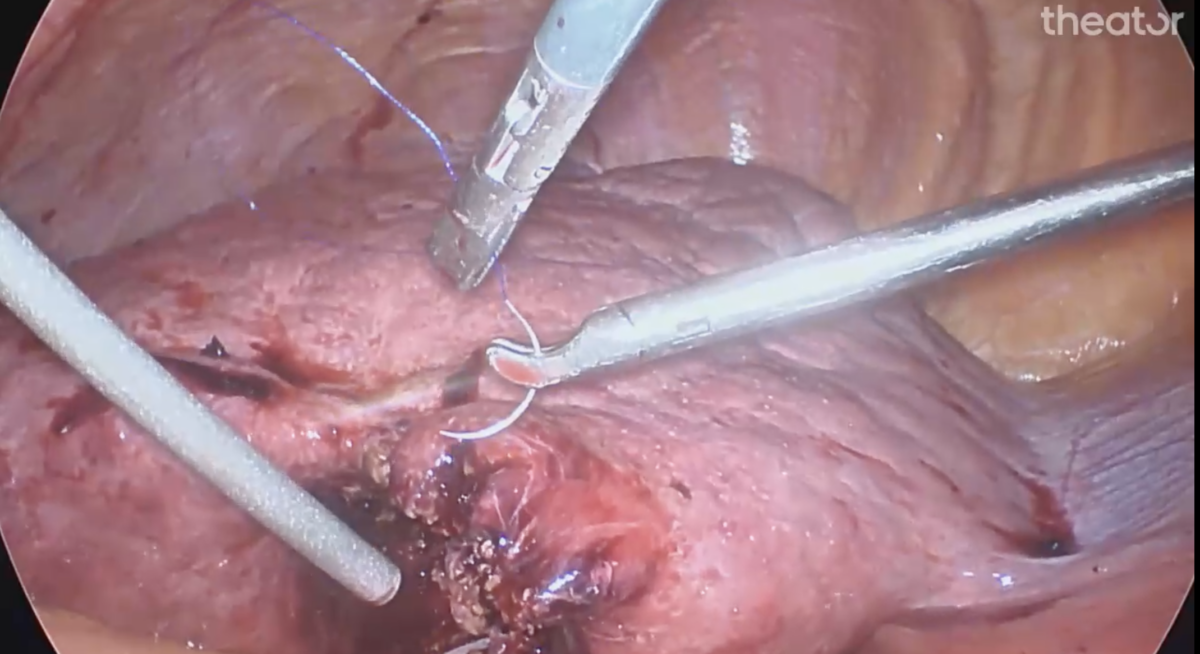Surgical Spotlight: Cholecystectomy
![]() Theator
on
May 14, 2024
Theator
on
May 14, 2024
Cholecystectomy Insights
Over 500,000 cholecystectomies are performed each year, making it one of the most common surgical procedures. Notably, most cholecystectomies are performed laparoscopically. The most common indication for laparoscopic cholecystectomy is cholelithiasis, but there are additional indications for the procedure in both symptomatic and asymptomatic patients.
Surgical complications occur in some patients who undergo cholecystectomy and include:
- Bile leaks
- Common bile duct injuries
- Hemorrhages
- Retained gallstones
- Wound infections
Although rates of bile duct injuries have decreased during the three decades that laparoscopic cholecystectomies have been performed, they remain a potentially significant and life-threatening complication.
Importantly, the effects of bile duct injuries can be long-lasting and include biliary strictures, cholangitis, cirrhosis, and portal hypertension. In addition to these outcomes’ physical and emotional burden, a substantial cost is also associated with this potentially avoidable complication.
For more laparoscopic cholecystectomy insights, download our procedure spotlight report.
How often is the critical view of safety achieved in cholecystectomies?
Flip this card to find out...
ONLY 34%
Download our cholecystectomy report for more insights.
Surgical Practice in Laparoscopic Cholecystectomy
A surgical best practice for preventing bile duct injuries includes the Critical View of Safety technique, which involves purposeful identification three components, one of which is the view of the cystic duct and cystic artery to avoid injury to these structures. The median success rate using this technique for the prevention of bile duct injuries is 95.8%.
Despite utilization of the Critical View of Safety being recommended for over 20 years, Theator’s Surgical Intelligence database of over 5,000 cholecystectomies performed at 15 health systems indicates this is only achieved 34% of the time. Furthermore, there is significant variation across healthcare systems and even within healthcare systems in the adoption of this surgical best practice.
This is just one of many surgical practices that Theator’s Surgical Intelligence Platform recognizes, analyzes, and connects to health system outcomes so hospital administrators and surgeons can take a data-driven approach to improving the quality of surgical care.
Curious to know what other insights we’ve seen in our database of cholecystectomies? Download the full report here




